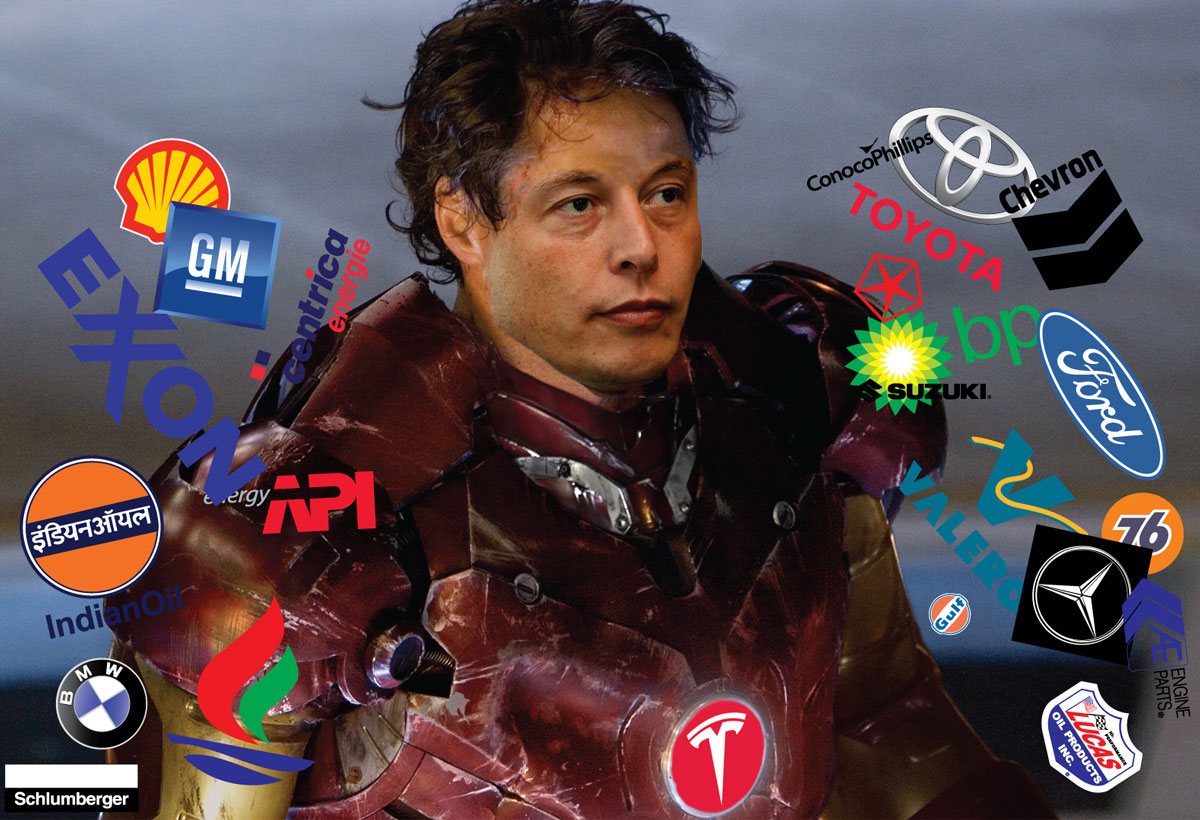”Holy Grail” believed to be impossible before at least 2025 might now be on the way thanks to battery design improvements
Tesla has proven already that a well designed and engineered EV has many superior qualities compared to an equivalent ICE (internal combustion engine) vehicle. Teslas have shown that they can last up to one million miles with far less maintenance.
Read More: See all our Tesla Coverage
While doing that they also have other features; silence, speed and acceleration, an on board computer with eventual over-the-air upgrades to full self-driving capabilities. Although the cars themselves, with no internal combustion engine parts to replace and no oil change every five thousand miles, are already able to run for a million miles, the battery, which is currently very expensive to replace, can not, as yet, last that long. The current lifespan for a Tesla Model 3 battery is 300,000 to 500,000 miles.
While the initial cost for EV batteries has gone down a lot – from $1100 per kilowatt hour in 2010 to $156 per kWh in 2019 which is 87% less. In spite of this amazing drop – the elusive cost parity with ICE vehicles has been said to only be achievable when batteries reach $100 per kWh, the so-called Holy Grail of EVs.
Based on information gathered by Reuters from “people familiar with the matter” that is all about to be a quest of the past with the reality of an $80 per kWh “million mile battery” already being developed.
Battery will be the product of a 3-way Joint Venture with contributors from Tesla, Contemporary Amperex Technology Ltd (China) and Jeff Dahn based at Dalhousie University in Halifax, Nova Scotia
The new low-cost long life battery will first be used for the Model 3 version manufactured for the Chinese market. The plan, according to sources that spoke anonymously to Reuters, is for an initial roll-out in China and later for the low cost Model 3 to be introduced into other markets, such as North America, for example.
The “million mile” moniker is an illustration of the long lasting life span of the battery design. Less obvious, however, are the potentially ground breaking application as a resource that can be used via Tesla Energy in energy storage products. With highly reliable battery packs lasting potentially up to three decades it will be possible for small for homeowners to have a backup source during outages, or a hybrid solution with solar panels combining with power from the grid as needed.
Battery stored solar generated energy can reduce costs or even be an income source when excess is sold back to public utilities. And, of course a complete off grid, solar and wind powered, fully sustainable system could be employed in large and small settings. A massive version of such a system is already in place at the Nevada gigafactory itself.
Read More: Books on EVs and Sustainable Energy
Power grid sized installations, such as a recent Hornsdale Power Reserve installation in Australia point toward the industrial solutions of the breakthrough technology.
These twin benefits of significant cost reduction and longer life, along with possible “re-purposing” for use in backs-up for the electric power grid are a combination that points toward a transformation of Tesla’s business model into that of a sustainable power company first and car company second.
Such a leap forward would put the company into the position of an energy provider such as PGE, with eventual added benefits to the planet once sustainable sources are ramped up.
As if all of this is not enough, the upcoming Starlink internet service, power via satellites being launched by Elon Musk’s “other” venture SpaceX, could provide internet connectivity at such an off-grid compound. Once these options are available, a highly functioning sustainable powered, globally connected living compound could be built virtually anywhere in the world.
The many features of such an independent energy and satellite communications option could create a truly decentralized dwelling system, further reducing survival and luxury costs.
Challenges remain yet the upcoming announcement nevertheless changes the outlook considerably
This highly ambitious project and these blockbuster potentials require many desperate elements to come together for this dream to be realized. One is the new, groundbreaking battery design which is the bombshell news being hinted at by Reuter’s unnamed sources.
Based on low-cobalt and cobalt-free battery chemistries, and the use of chemical additives, materials and coatings, the new design is projected to enable batteries to store more energy for longer periods, sources said. Additionally, nano-engineered materials are said to be a contributing factor in creating more bruise resistant and less damage prone due to rapid charging stresses. These improvements are said to make the “million mile” claim for the replacement cycle a reality.
Read More: Elon Musk and Tesla vs. The World
Ramping up battery production methods will be necessary, both for reducing the costs via economies of scale and to keep up with the virtually unlimited demand for a Tesla EV with a million mile lifespan before the cost of battery replacement at a price point on par with or even below current ICE vehicles.
According to “hints” leaked by Musk in April, this will be achieved through new truly massive, highly automated “terafactories”. Based on the “gigafactory” concept which already has three in operation, in Nevada, New York State and Shanghai, China, with a fourth in Berlin, Germany, being built, the new battery manufacturing locations are planned to be thirty times larger than the current gigafactory in Nevada, which, at completion, was the largest factory ever built by square footage and second by volume.
Find books on Big Tech, Sustainable Energy, Economics and many other topics at our sister site: Cherrybooks on Bookshop.org
Enjoy Lynxotic at Apple News on your iPhone, iPad or Mac and subscribe to our newsletter.
Lynxotic may receive a small commission based on any purchases made by following links from this page.
